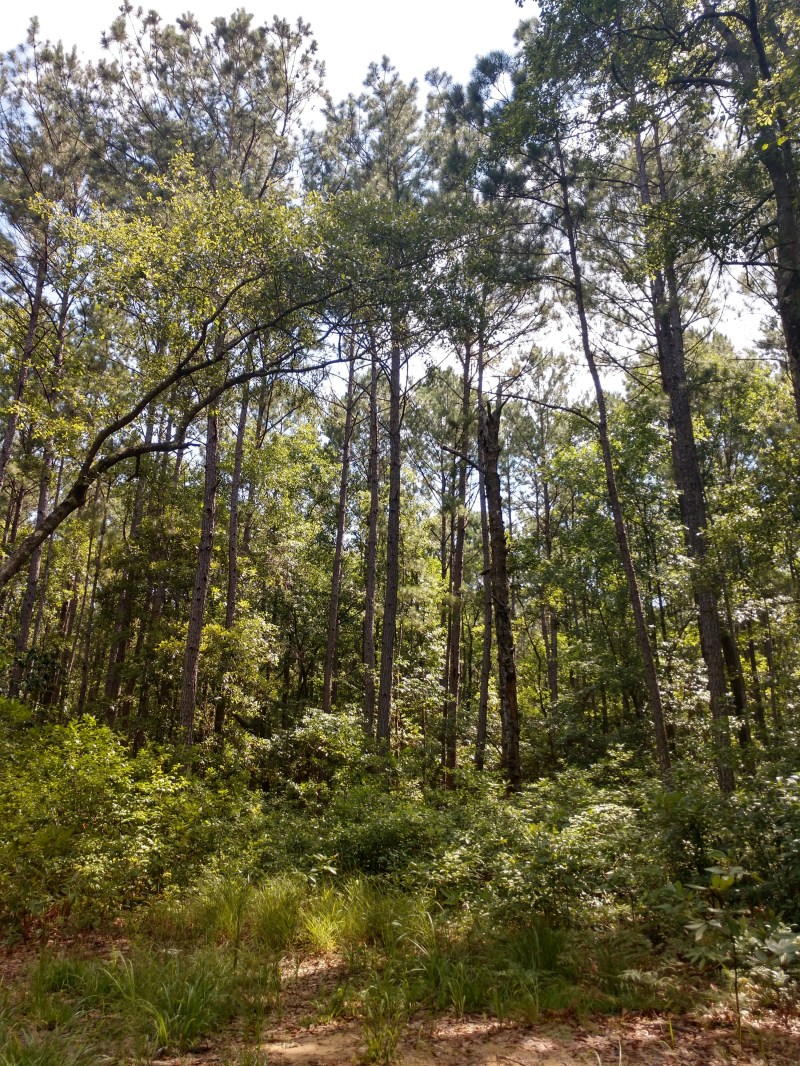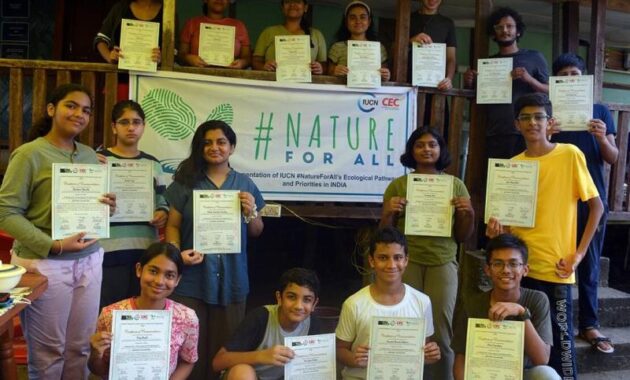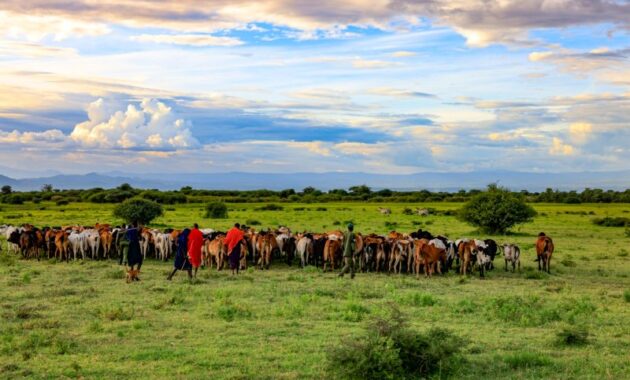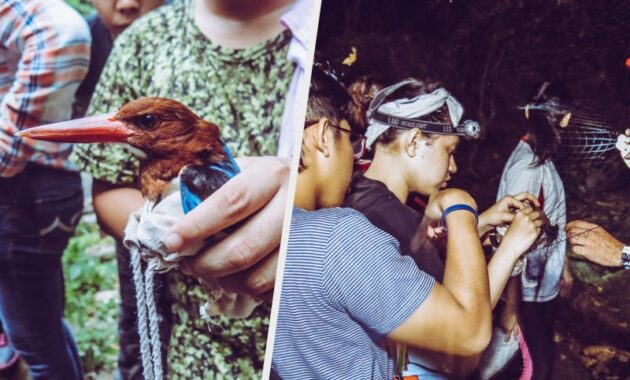Habitat Restoration Projects – Lock (LockA is a locked lock) or https://.gov means that you are connected securely to the website. Only share sensitive information on official and trusted websites.
The Lowe Creek Restoration Project is restoring important estuaries and wetlands for Oregon coastal chinook and coho salmon. (Photo credit:)
Habitat Restoration Projects

Did you know that The Restoration Center has been restoring homes for 25 years? In that time, we have restored more than 130,000 hectares of habitat – wetlands, wetlands, rivers, barrier islands, and more – resulting in healthier, more fish.
Castro Cove Settlement Funds Two Successful Habitat Restoration Projects In California
In Washington state, levees, levees, and other structures prevent tidal flow into marshes. This will reduce fish habitat and help with flooding. Renovating and replacing these structures has restored wetlands and created important habitat for fish such as salmon. Reclaimed wetlands also absorb floodwaters, helping to protect farmland, homes, businesses, and public infrastructure.
Let’s face it: Weather conditions can affect project plans. Example: Willow Creek in California needs to remove the dam and build a bridge for fish to swim. We figured summer would be the best time since the site was supposed to be dry, and we got another inch of rain the night before we started! All that water means extra time and money before you start. Luckily, we came up with a quick plan and since the area was dry, the project went smoothly. Now, five years later, a second generation of fish is returning to the restored waters.
In Puerto Rico, we plant corals in wire frames and blocks on the seabed and plant them on damaged coral reefs. But this can hurt them. Growing coral on floating frames allows our staff to withstand hurricanes and other impacts. This inventive method saves money, improves efficiency, and results in unprecedented coral growth with high survival rates.
In the Washington project, we make crabs. As part of their natural behavior, otters, often referred to as “nature’s engineers,” add trees to rivers that not only provide shelter for small fish, but also connect rivers to waterways. Many of our river restoration projects have similar goals. Using the expertise of watercreepers allows wetlands to be restored at a fraction of the normal cost.
Anable Habitat Restoration Proposal
Our data shows that an average of 15 jobs are created for every $1 million in restoration projects. The project could create jobs for technical professionals such as construction workers, landscapers, heavy equipment operators and engineers, and wildlife biologists.
Collaborative staff and volunteers help remove invasive algae from coral reefs in Hawaii. (By Andrew Lawrence/The Nature Conservancy)
The number of threats to our coastal habitats is too great for one organization. Therefore, work with various partners to identify where we can have the greatest impact and where funding and technical assistance is most needed; they contribute time, expertise, funding and local knowledge in areas in need of assistance.
Elsa Scott is the marketing coordinator and copywriter for Best Bees. He graduated from Boston University’s College of Communication in 2022 with a degree in journalism. Elsa has extensive experience using research and interviews to produce effective and engaging content.
Write the best bee newsletters, regular emails, website content and blog articles; He also works with the research and development team as a copywriter of the best bee research articles in scientific publications.

Climate change, industrialization and population growth are having a major impact on our planet. We can see these effects in swamps, tundra, deserts, forests, grasslands, oceans, and more. Humans need 1.75 Earths to maintain our current lifestyle, and our planet’s ecosystems cannot keep up with our demands.
Groundbreaking Celebrates California’s Largest Tidal Habitat Restoration Project
According to the United Nations, between 2015 and 2020 we will lose 10 million hectares of forest per year (the size of Iceland), and two-thirds of the world’s marine ecosystems will be damaged, destroyed or altered.
The loss of ecosystems and species leads to a loss of benefits for humans and nature. From an economic perspective, if ecosystem services continue to decline, $10 trillion of global GDP could be lost by 2050.
Habitat restoration is a necessary first step to combat ecological degradation and reduce the harmful effects of climate change, along with protecting endangered species.
According to the United Nations, habitat restoration is “the process of stopping and reversing degradation that leads to better ecosystem services and the restoration of biodiversity. Ecosystem restoration includes a variety of practices depending on local conditions and community preferences.
“Restoration sites allow us to once again provide food and habitat for wildlife, also perform ecological services such as reducing runoff, increasing water filtration, improving carbon sequestration, and more.”
Watershed & Habitat Restoration Projects
The reality of our time means that restoring the natural landscape to the ideal state of the past is an impossible goal. We cannot change Washington, D.C. be a swamp, or another city. The goal of habitat restoration is to correct or reduce harmful human impacts and develop a variety of resilient habitats that will thrive now and in the future.
These restored landscapes are important not only for their beauty or biodiversity, but also for providing essential ecosystem services – clean air and water, flood control, fertile soil, natural resources, and more. it is important.
While habitats cannot be restored to their original size or condition, smaller steps can be taken to preserve wildlife and ecosystems as much as possible. For example: we may not be able to build highways, but we can build natural bridges that wildlife can cross.
Many of the most common restoration measures include planting trees, restoring coral reefs, reforesting, removing invasive species, or creating green spaces. These measures combat habitat loss.

Habitat loss is pretty obvious – reducing or destroying the habitat in which certain species or groups can thrive. Urbanization, deforestation, resource extraction, agriculture, trawling, and pollution all contribute to habitat loss. Habitat destruction can be caused by environmental changes or disasters such as volcanic eruptions, forest fires, tsunamis, or changes in climate or sea level.
Things To Know About Coastal Habitat Restoration
The numbers and statistics of habitat loss and environmental degradation are staggering. Here are some facts to consider about the scope of this problem:
Habitat destruction occurs through wetland filling, river drainage, logging, hiking, urban development, and conversion of wild land to agricultural land.
Habitat fragmentation is the fragmentation of natural habitats, creating fragments that are too small or too small to support species that thrive in larger areas. Distribution for roads, urban development, dams, water diversion, etc. caused by Habitat fragmentation not only affects the species that live in an area; making it difficult for migratory species to find places to rest and feed.
Habitat degradation is the result of pollution, invasive species, and ecosystem disruption. It now brings native wildlife into habitats that cannot support it.
New Plants For Green Acres Habitat Project — Little Falls Watershed Alliance
Members of the Civilian Conservation Corps (CCC) plant seedlings on a mountain in Oregon. FDR created the CCC as the New Deal, his administration’s response to the Great Depression.
Restoring a habitat is a more intimate experience. It started in the early 1900s when people like the famous conservationist Aldo Leopold started promoting this idea. Theodore Roosevelt was another important conservationist; After becoming president in 1901, he used his power to protect about 230 million acres of public land.
Created the United States Forest Service (USFS) and enacted the Antiquities Act of 1906 to provide legal protection to cultural or natural resources of historical or scientific interest.
Teddy Roosevelt’s fifth cousin, Franklin D. Roosevelt, signed the Pittman-Robertson Act in 1937, spearheading conservation efforts during his presidency. This law raises taxes on the sale of firearms and ammunition to states to fund the selection, restoration, and improvement of wildlife habitat, as well as wildlife research.

Thirty years after the Pittman-Robertson Act, concerns about the bald eagle population’s drastic decline (due to hunting, habitat loss, and the toxic pesticide DDT) prompted Congress to pass the Endangered Species Act. After several amendments, the original framework was expanded and became the Endangered Species Act, signed into law by Richard Nixon in 1973.
Habitat Restoration Work At Seven Springs Continues
Habitat restoration is an important part of combating negative anthropogenic impacts on our planet. It is important to rehabilitate areas that cause habitat loss; This is one of the main factors leading to the extinction of plant and animal species. The complexity of food webs means that the extinction of one species affects and threatens the status of many other species. Finally, it is negative
Habitat restoration jobs, forest restoration projects, restoration projects, coral restoration projects, habitat restoration, habitat projects, ecosystem restoration projects, native habitat restoration, habitat for humanity projects, salmon habitat restoration, coral reef restoration projects, ww2 aircraft restoration projects
- Conservation Education Programs 2023 - August 19, 2024
- Endangered Species Protection - August 16, 2024
- Wildlife Habitat Preservation 2024 - August 15, 2024







